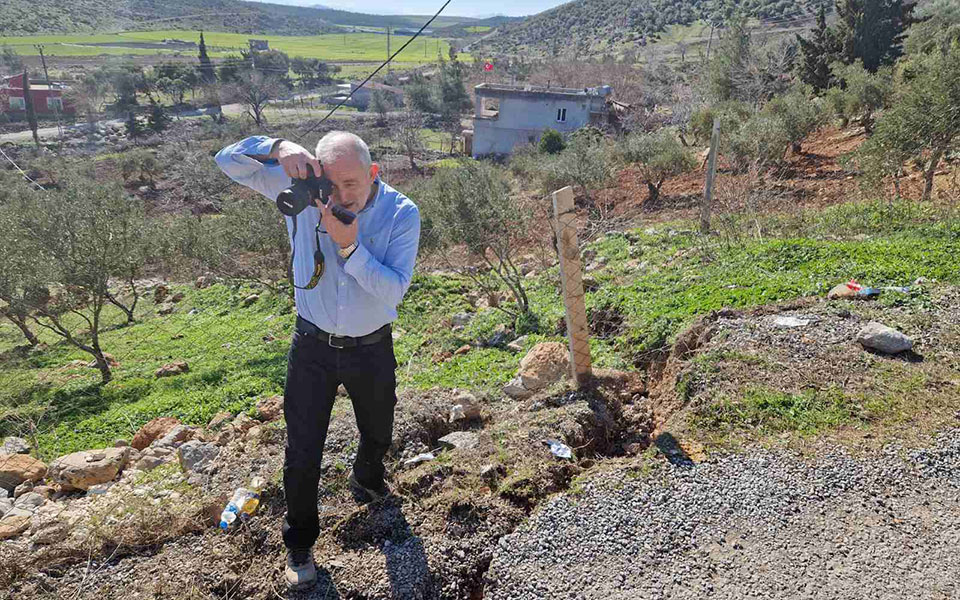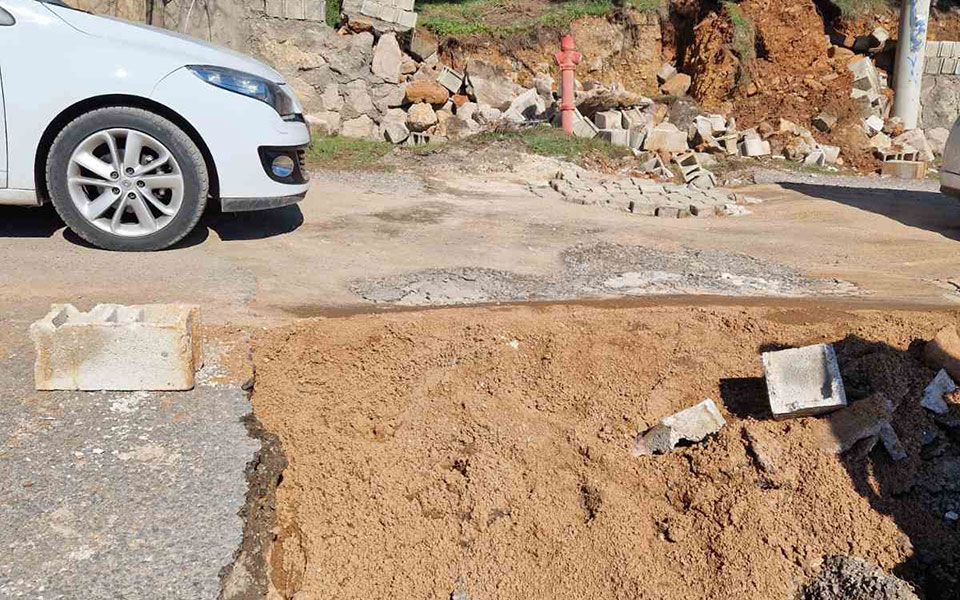
Greek scientific mission in Turkeyconsisting of Eftimi Lekkas, Panagiotis Karidis, Manolis Vassilakis, Spyros Mavroulis and Giannis Argyropoulos, defined the great seismic a fault that appears on the surface near the city of Nurdagi.
According to E., the Lekka Fault lies on the surface for hundreds of meters and crosses alluvial formations within a tectonic pull apart basin, on which a flat plateau develops.

The seismic fault runs through the western borders of the city of Nurdagi and caused significant damage to agricultural storage facilities, as well as to the road network and infrastructure.
“The appearance of a break on the surface is a leading scientific observation, as it combines instrumental data with field observations. The elements of the seismic discontinuity on the surface will be analyzed geometrically, kinematically and dynamically in order to get a complete picture of the seismotectonic framework,” emphasized the head of the mission, Professor Efthimis Lekkas.

“These data are a decisive factor in the interpretation of the massive damage caused by the earthquake, combined with the vulnerability of buildings, according to the analysis of Prof. Panagiotis Karidis,” he said in a statement.
The type of fault, which is a horizontal slip and shows movement on the order of 5 meters in an area, creates specific building damage consistent with that seen during the 1999 Izmit earthquake, Mr. Lekkas said in a statement.
Source: APE-MEB
Source: Kathimerini
Anna White is a journalist at 247 News Reel, where she writes on world news and current events. She is known for her insightful analysis and compelling storytelling. Anna’s articles have been widely read and shared, earning her a reputation as a talented and respected journalist. She delivers in-depth and accurate understanding of the world’s most pressing issues.